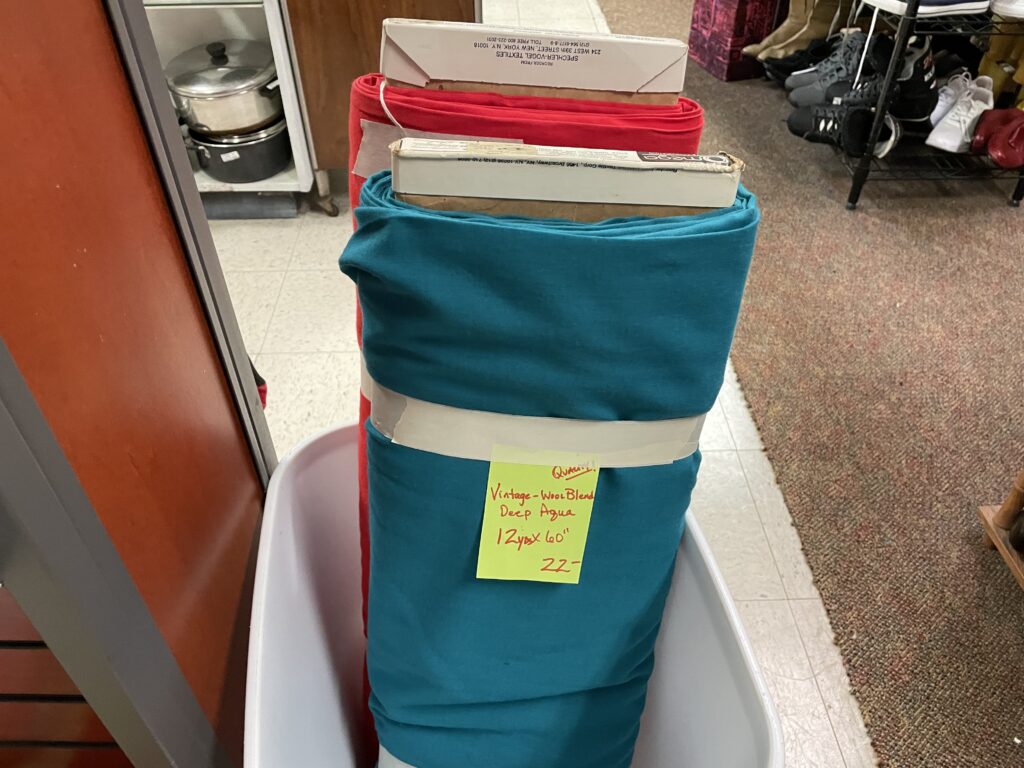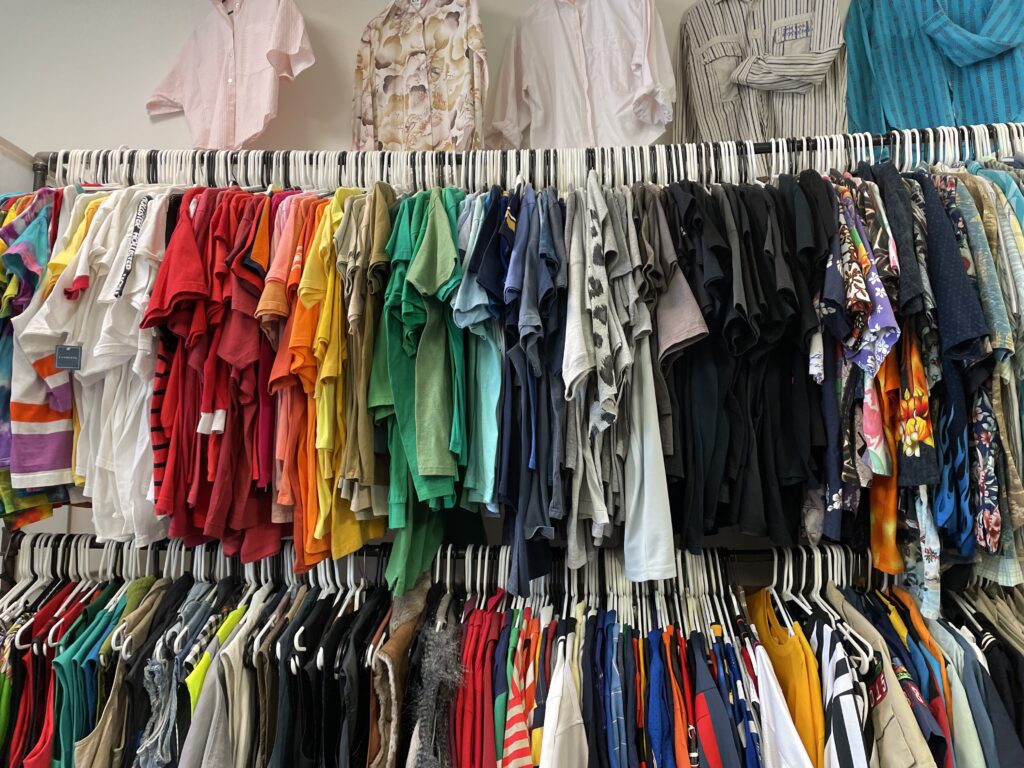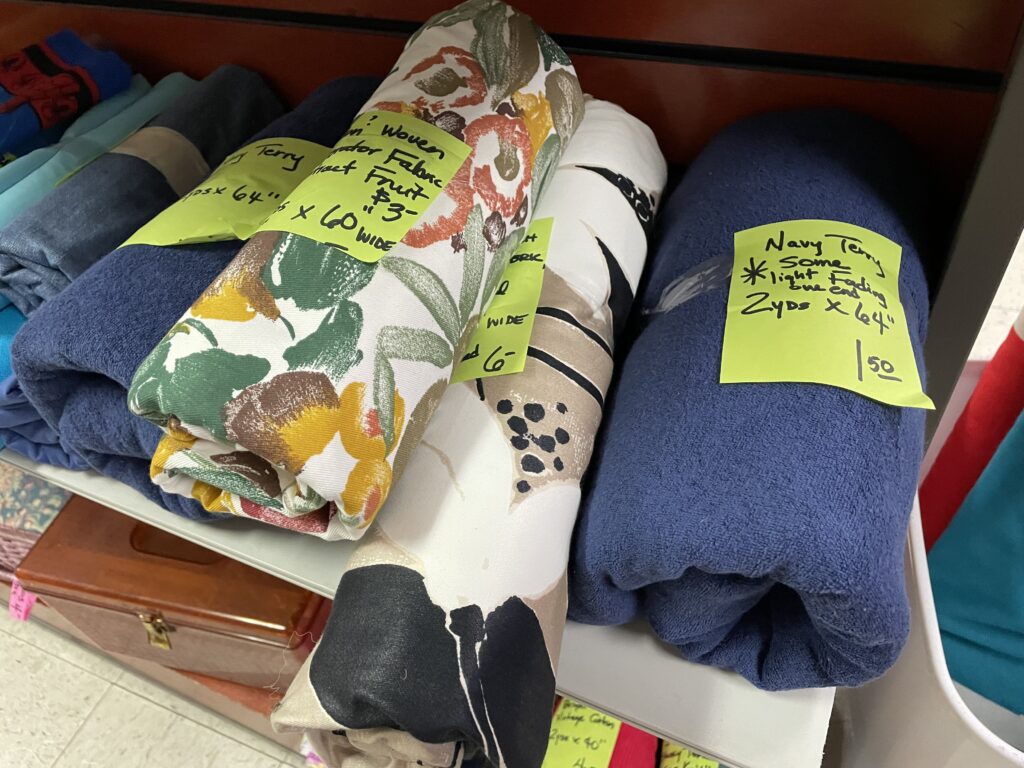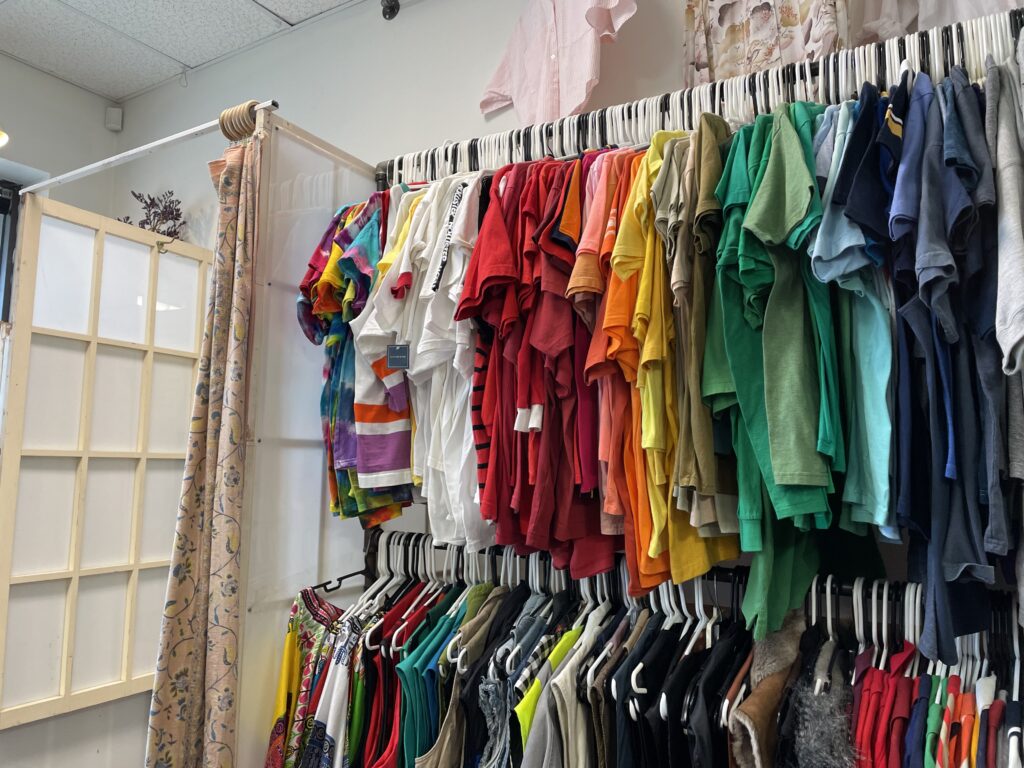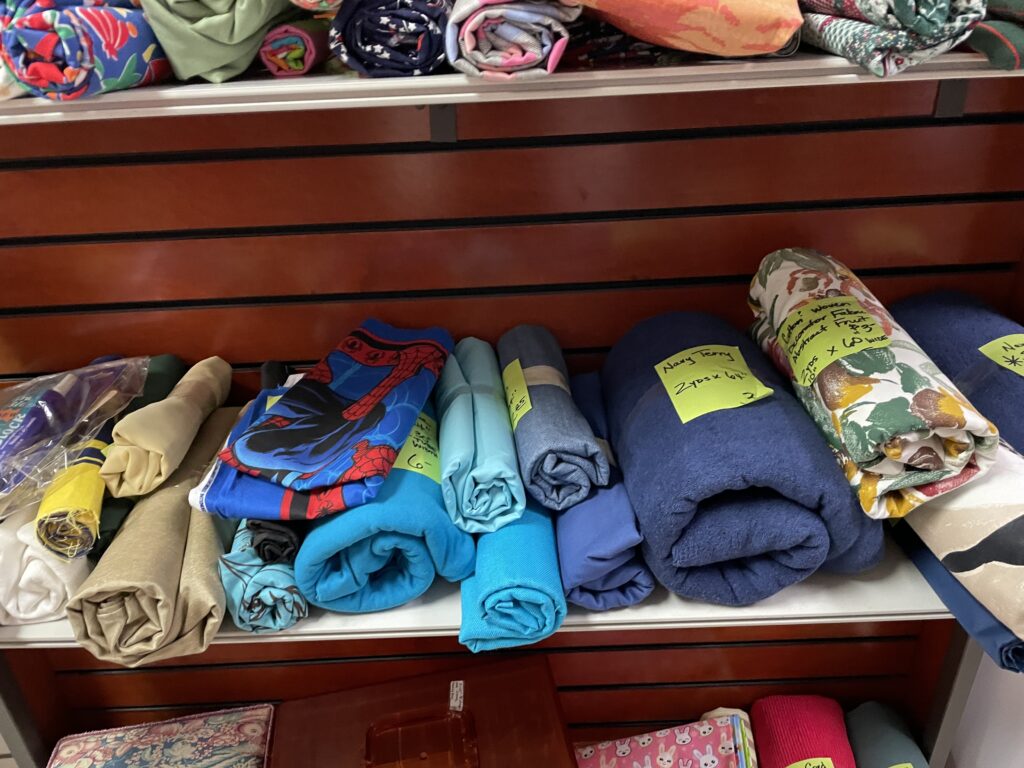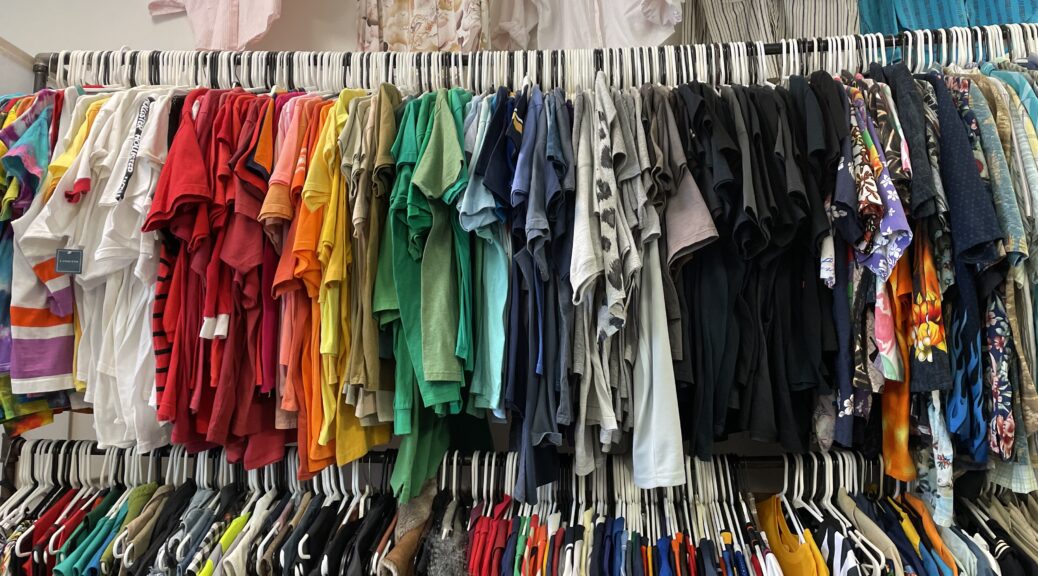
Recent social media fashion trends have normalized overconsumption and fast fashion today
Fast fashion consumption has risen in popularity due to social media fashion trends. Experts share the negative impacts fast fashion has on the environment and provide tips to improve sustainability practices.
Fast fashion is the mass production of cheap, poor quality, disposable clothing which is often created in sweatshops in other countries, and shipped to the U.S. Online shopping and social media have made fast fashion more normalized.
Rachel LoMonaco-Benzing, a Kent State University assistant fashion professor and fashion merchandising program lead, finds it discouraging that fast fashion has only increased in recent years, she said.
“We’ve been railing on about how terrible fast fashion can be for a long time, but it’s just gotten even faster because of the focus on e-commerce. They don’t have to operate stores which means they can sell it cheaper. They don’t have those overhead costs that other brands might need for operating stores and employing people,” LoMonaco-Benzing said.
Cheaper quality items increase the amount of clothing in landfills and fast fashion leaves a rather large footprint for production and disposal, LoMonaco-Benzing said. 10 million-plus tons of clothing end up in landfills each year.
Melanie Knowles, a Kent State University sustainability manager, provided her expertise on sustainability practices and fabrics. It’s important to divert clothing away from landfills to a better use, she said.
“One of the big issues with clothing is that fabric, most fabric and clothing is reusable or recyclable, but just because it’s recyclable doesn’t always mean there’s an easy way to recycle it,” Knowles said.
Without always having an easy way to recycle clothing, it often ends up in landfills. Overconsumption is one of the main reasons why landfills are overflowing with fabrics.
Recent social media fashion trends have normalized the idea of overconsumption and these trends have increased in popularity. Videos such as YouTube and TikTok fashion trends consist of unboxings of clothes and try-on hauls. These videos promote the normalcy of overconsumption today which has harmed the environment.
Common fashion trends within social media change rather quickly depending on the week or month. A new trend in fashion is always developing, leaving consumers always wanting the next best thing.
“I think the challenge around fast fashion is that not just these styles are coming out quickly, it’s constant. There used to be seasons and it’s not even that anymore. It’s constantly new things coming out. They are very poorly made and very flimsy. It’s not just that you wanted the new thing. It’s that the old thing is falling apart,” Knowles said.
Clothing is more disposable in the consumer’s mind when it’s made cheap and has quality issues. It’s focused on being trendy. It’s not something you form an attachment to or pass down to others, which is the opposite of slow fashion, LoMonaco-Benzing said.
Overconsumption in the fashion industry produces 10% of humanity’s carbon emissions. The toxic chemicals, dyes, and synthetic fabrics used in the fast fashion industry create 20% or more of water waste. Chemicals leaking into the water also pose health risks to individuals.
It’s important to find alternatives to the unsustainable ways of the fast fashion industry, Knowles said. Shein and other fast fashion companies today have helped society stay ‘on trend,’ but have caused more harm to the environment than good, she said.
Einstein’s Attic owner Sherry Dakes knows trendy fashion all too well. Einstein’s Attic is a local Kent thrift store that sells vintage and retro clothing as well as some other household items. They find most of their items at estate sales, she said.
“We’ve been in Kent since 2002 and we started the store because we were trying to keep stuff from going to the landfill. We wanted to recycle and let people get a chance to find some bargains.”
Thrift shops like Einstein’s Attic are alternatives to fast fashion.
“Vintage clothing is made a lot better than newer clothes and a lot of the older stuff too is made in the USA and not China. That’s why it’s still around now. A lot of the older clothing is better material.”
There are a variety of alternatives to fast fashion, Knowles said. You can donate or find new items of clothing at sustainable stores in the local community.
“There are places where you can donate clothing where they’re used locally, like the Portage County Clothing Center. When we do clothing drives on campus where all of those materials go because they go to people in the community who are in need,” Knowles said.
Finding more sustainable clothing doesn’t mean you’re giving up on any chance to be trendy, LoMonaco-Benzing said.
“I think people who are creative don’t need to be sucked into those minute-by-minute trends. You can express yourself and still be innovative and fashion-forward in your own way if you’re willing to really allow yourself to be creative,” LoMonaco-Benzing said.
